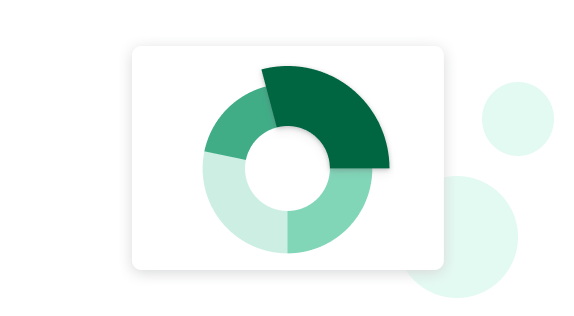
FICO scores are an indicator of a person's credit history. These scores are used by creditors to evaluate income and debt. A good credit rating gives you more options and allows you to get lower interest rates. Your credit score may also be used by landlords and utility companies. If your credit score doesn't reflect your ability to repay loans or obtain a new credit card, then you will need to work on it.
Payment history
Credit scores are influenced by your payment record. It records when and how much you have paid off a debt. You will see fewer negative entries over time. The latest FICO model also includes trended data from the past 24 months, which can help lenders determine if you're likely to pay your debt in full.
Your payment history is the history of all your payments. This gives lenders an overview of your repayment history. A missed payment or sending one back to collections can seriously damage your credit score. This is because lenders will view you as a high -risk borrower if payments aren't made on time.
Accounts owed
Credit score is affected by how many accounts you have. This category is responsible for about 30% of your overall score. It is directly affected when you open new credit cards accounts. This category also includes account balances and types. The higher the risk of you being overextended, the more accounts you have.

Your debt can be paid off to improve credit scores. Credit scoring models take into account many factors to determine an individual's credit score. One of these is the amount of debt. While carrying high amounts of debt doesn't automatically make you a bad risk, it does make it more difficult to meet your monthly obligations.
Credit history length
The length of your credit history is one of the most important factors that will determine your credit score. Your credit score is based on the number of accounts and their age. Your credit history should not be older than six months. If you have opened a brand new account, your history is likely to be shorter.
FICO uses your average credit account age as an indicator of your credit history. This figure is obtained by adding the ages for each account to the total and then dividing by the number of accounts. The average credit account age is 8 years. In determining the length and duration of your credit history, you also need to consider the lengths of particular accounts as well as the time they have been open. FICO doesn't make these factors public.
New credit
Your FICO score will take into account recent activity, such as the time you have been applying for credit and having new accounts. Lenders will also look at the time since you last applied for a new account and may lower your score by a few points. Your score is affected depending on which type of credit you apply for, and what kind of activity you have.
There are two ways to increase your credit score. One is by paying your bills on-time and using your available credit responsibly. The first step is to review your credit reports. You can easily get your credit report in under two days. You can also monitor your credit by setting up due date alerts on your credit cards bills. Although this takes some time to set up, it's a good start to improve you credit score.

VantageScore
VantageScore was introduced in 2006 and is a credit scoring system. Like FICO, it is based on the credit report, but it differs in the ways that the credit score is calculated. For instance, FICO uses data from the credit bureaus, while VantageScore uses data about consumer behavior over a two-year period. Therefore, it is important for consumers to understand how VantageScore and FICO scores differ and how they affect each other.
VantageScore has its advantages and disadvantages. It is simpler to understand and compare. The VantageScore system is developed by Equifax, Experian, and Transunion with the goal of being consistent and easier to understand. It uses letter grades rather than numbers.